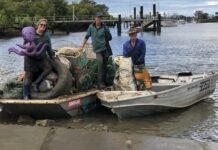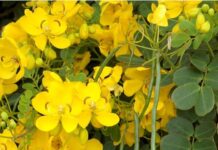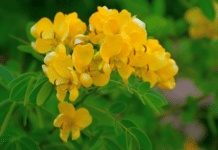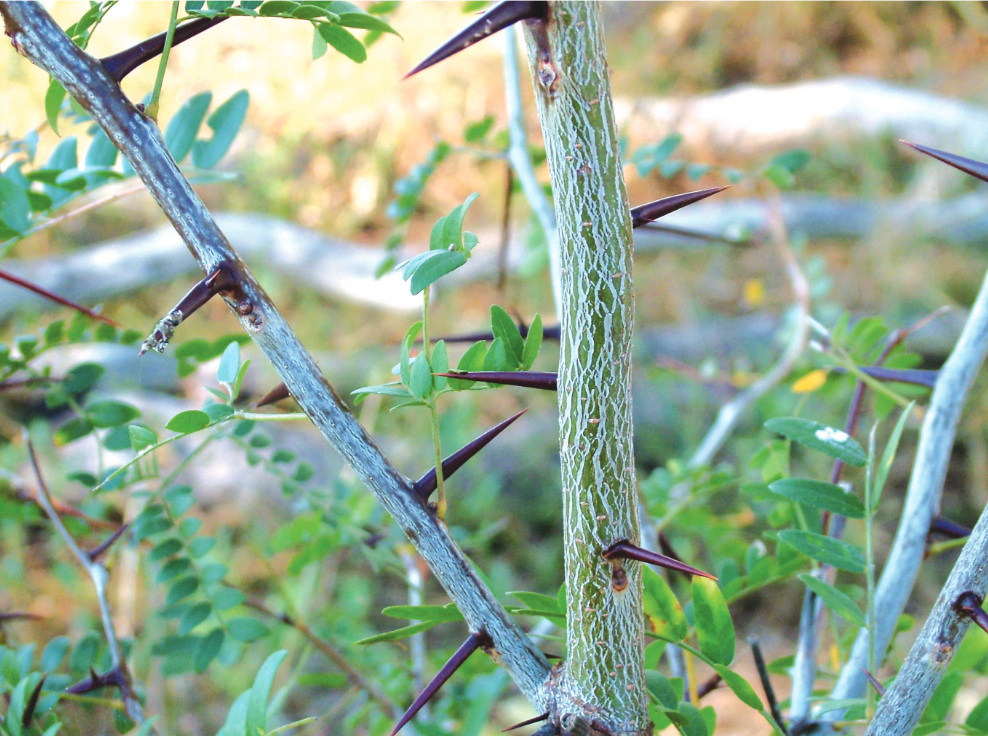
Honey locust is a thorn in the side of landholders across Queensland and focus has now shifted to stop the spread of the invasive plant to the Bundaberg Region.
Bundaberg Regional Council has joined forces with North Burnett Regional Council, Biosecurity Queensland and the Wide Bay Burnett Regional Organisation of Councils to tackle the prickly problem.
Honey locust, a thorny shrub native to central and North America, is present in several small infestations across the Wide Bay Burnett Region, with efforts aimed at either eradicating or containing its spread.
Bundaberg Regional Council environment portfolio spokesman Cr Wayne Honor said, with no known infestations of honey locust in the region, the aim was to prevent the species from entering the local government area.
“The main concern is the spread of honey locust seed pods from the North Burnett region through the Burnett River,” Cr Honor said.
“It’s important that Councils work together in a coordinated approach to stop the spread through our catchment.
“Originally planted in Queensland as a fodder and ornamental tree this plant has now taken over productive grazing land, harbours pest animals such as foxes and its spines can inflict serious injuries to humans, livestock and wildlife.”
Joint program targets invasive plant honey locust
Cr Honor said last month Bundaberg Regional Council’s Land Protection Officers worked alongside North Burnett Regional Council and Biosecurity Queensland helping to target specific pockets of honey locust in Monto.
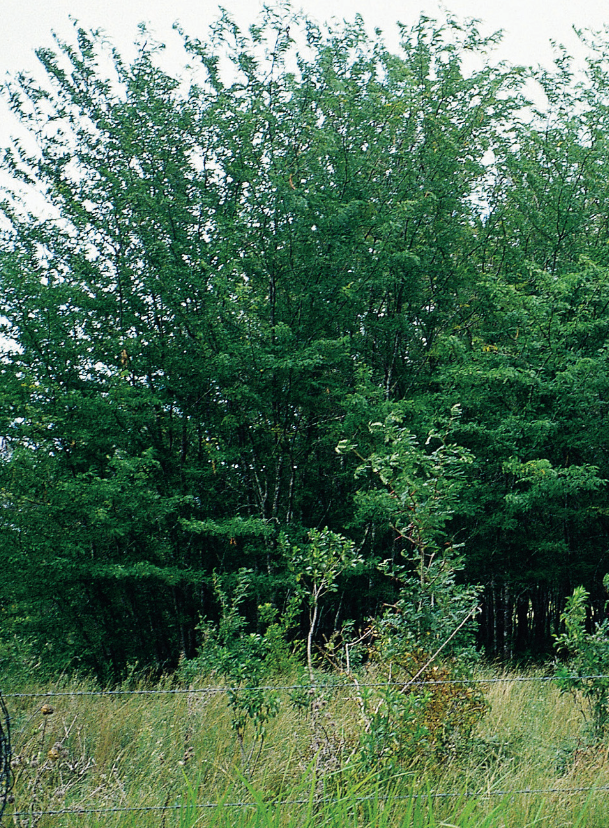
“This control program was very successful in eradicating known populations and in building our officers’ knowledge of this invasive species.
“Honey locust can reach maturity within two years of germination, with seeds being viable for up to 20 years, so we have to be ever vigilant.”
Cr Honor recommended that all landholders practice good biosecurity measures including exercising good weed-seed hygiene practices and regularly monitoring access tracks and creek lines for any invasive species, including honey locust.
North Burnett Regional Council Mayor Rachael Chambers said the activities supported the delivery of the Wide Bay Burnett Regional Biosecurity Strategy 2017-22, a recent review of which was funded by the Queensland Government as part of the Better Partnerships Project.
“Weeds and pest animals do not recognise borders, and as a result the establishment of regional partnerships amongst regional stakeholders is essential to achieve regional invasive species goals.”
Honey locust sightings in the Wide Bay Burnett Region can be reported to respective local government areas, with assistance available to landholders to help control the species.
How to identify Honey locust
Honey locust is a large rapidly growing tree that can grow up to 20m tall. During spring through to autumn multiple green leaves up to 10cm long are prevalent.
Flowering starts between three to five years, with creamy yellow flowers appearing during October to November. Flowers develop into 20-30cm long brown pods. Crucifix-like spines are present on the trunk and branches. Thornless varieties sold in nurseries still produce thorns at a later stage in the tree’s life cycle.
For more information, or to report a sighting of honey locust, contact Bundaberg Regional Council’s land protection team on 1300 883 699.

